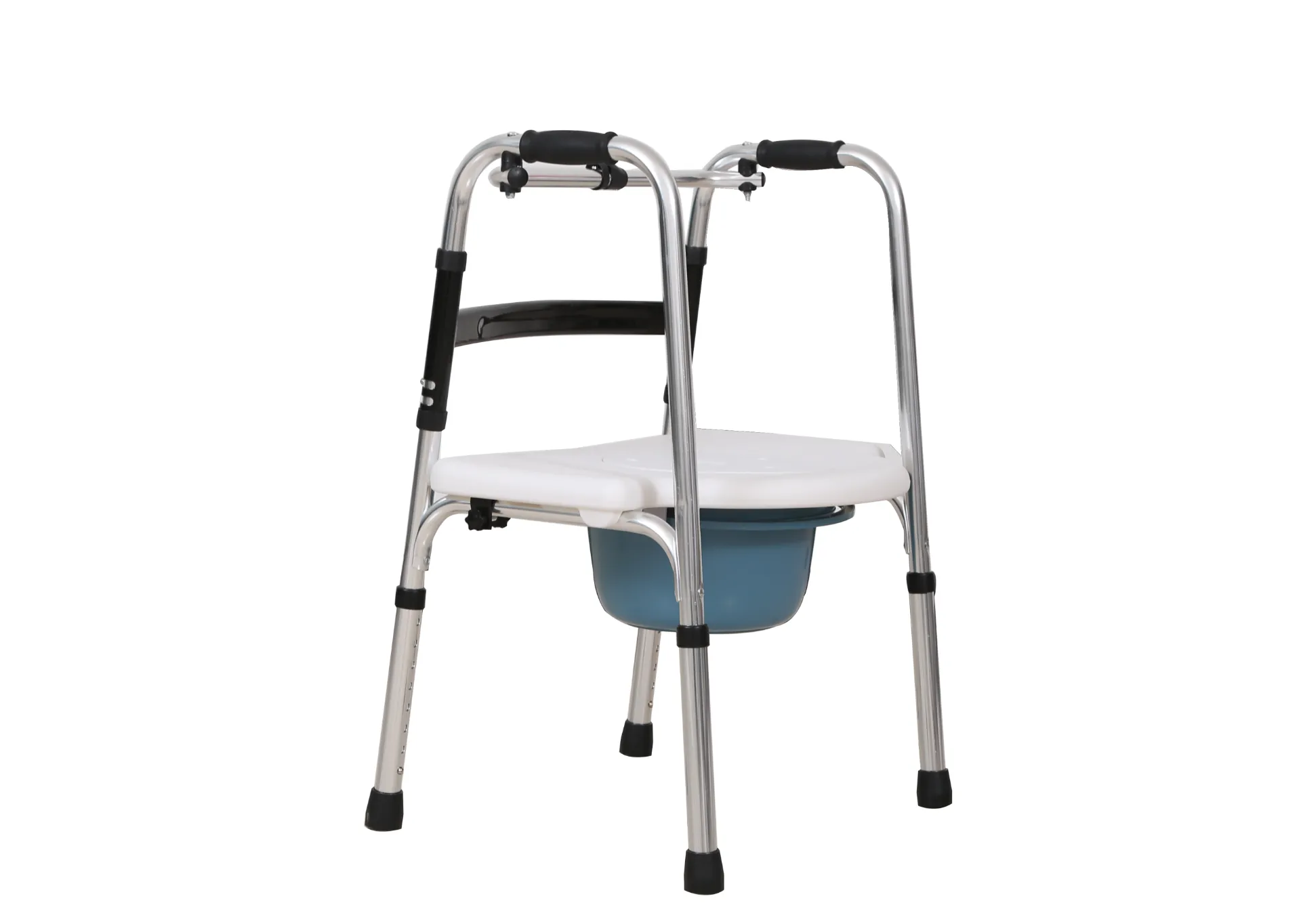Welcome to our websites!
mobile walker with seat and wheels for enhanced mobility and comfort
The Evolution and Benefits of Walkers with Seats and Wheels
In recent years, the design and functionality of mobility aids have significantly evolved, leading to the emergence of walkers with seats and wheels. These versatile devices are not only essential for individuals with mobility challenges but also offer a sense of independence and enhancement of daily life. This article explores the advantages, features, and best practices for using walkers equipped with seats and wheels.
What is a Walker with Seat and Wheels?
A walker with a seat and wheels is a mobility aid designed to provide support and stability for individuals who have difficulty walking or maintaining balance. Unlike traditional walkers, which may lack the option to sit or have limited mobility, these modern versions incorporate a sturdy seat and wheels that allow users to rest comfortably and move more freely.
Typically constructed from lightweight metal or durable plastic, these devices feature a frame with a seat in the middle and wheels at the front, providing a balance between stability and mobility. Most come equipped with brakes to ensure safety when sitting or navigating slopes and uneven surfaces.
Benefits of Using Walkers with Seats and Wheels
1. Improved Mobility and Independence One of the primary benefits of using walkers with seats and wheels is the enhanced mobility they offer. Users can navigate both indoor and outdoor spaces more effortlessly, allowing for greater independence in everyday activities. Whether walking through a park or doing grocery shopping, these devices enable users to participate in life more actively.
2. Comfort and Safety The inclusion of a seat allows users to take breaks whenever needed, reducing fatigue and the risk of falls. Having a comfortable place to sit can be especially advantageous during long outings or activities where standing for prolonged periods is required. The brakes, when engaged, provide an added layer of safety, ensuring the walker remains stationary when one is seated.
3. Versatility and Customization Walkers with seats and wheels come in various styles and designs to meet the diverse needs of users. Some models are designed for heavier weights, while others are ultra-lightweight for ease of transport. Many also feature adjustable heights, making them customizable for different user heights.
4. Encouragement to Stay Active By offering the opportunity to rest, these walkers can encourage users to engage in activities they might otherwise shy away from due to fatigue or discomfort. This leads to increased physical activity, which is essential for improving overall health and well-being.
walker with seat and wheels

5. Enhanced Social Interaction Being able to participate in outings and activities can enhance social interactions and reduce feelings of isolation that may accompany mobility challenges. Walkers with seats enable individuals to be included in social events, family gatherings, and community activities with greater ease.
Best Practices for Using Walkers with Seats and Wheels
To maximize the benefits of walkers with seats and wheels, it is crucial for users and caregivers to follow some best practices
1. Proper Fitting Ensure that the walker is properly fitted to the user's height and weight for optimal support and comfort. Most walkers allow for height adjustments.
2. Safety First Always use the brakes when sitting and make sure the surface is flat and stable before taking a seat. Regularly check the device for any signs of wear or damage to ensure it remains safe to use.
3. Use the Walker Correctly Users should be trained on how to utilize the walker effectively. This includes understanding how to maneuver it over different terrains and how to get up from the seated position safely.
4. Seek Professional Guidance Consult with a healthcare provider or physical therapist for personalized advice on how to use a walker best, including exercises to strengthen the lower body and improve balance.
Conclusion
Walkers with seats and wheels represent a significant advancement in mobility aids, offering users a combination of support, comfort, and independence. As society continues to embrace inclusivity and accessibility, these devices provide not only a means of mobility but also a way to engage with the world fully. By understanding their features and benefits, individuals can make informed decisions about their mobility needs, leading to a healthier, more active lifestyle.
-
Transforming Healthcare with Hospital FurnitureNewsJun.24,2025
-
Rehabilitation EquipmentNewsJun.24,2025
-
Mobility and Independence with WheelchairsNewsJun.24,2025
-
Freedom of Mobility with Our Rollator WalkersNewsJun.24,2025
-
Comfort and Independence with Commode ChairsNewsJun.24,2025
-
Bathing Safety and Independence with Shower ChairsNewsJun.24,2025
-
Navigating the Wholesale Landscape of Electric Mobility Solutions: Key Considerations for Power Wheelchair DealersNewsJun.10,2025











